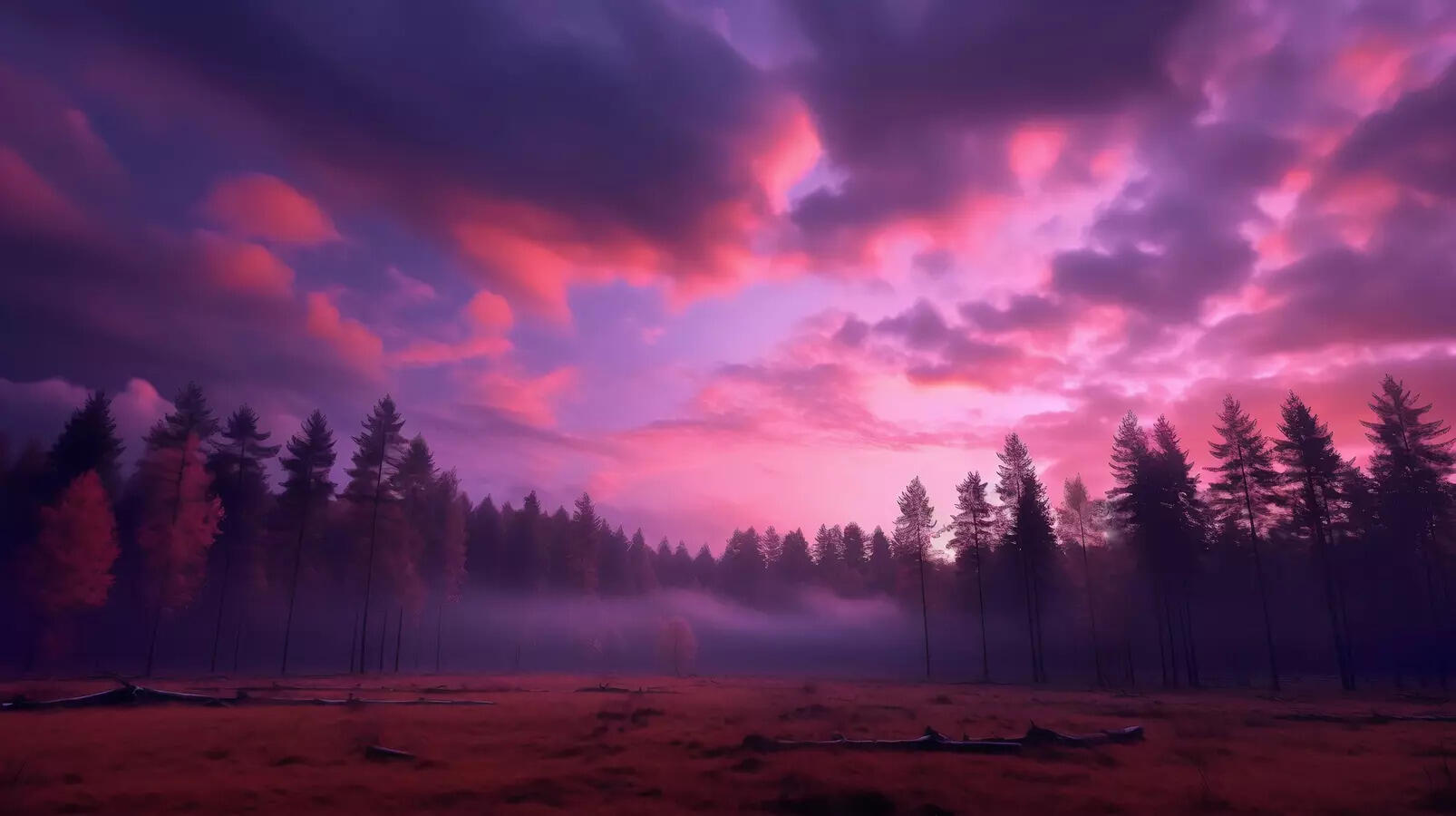Why The Sky Appears Blue, Not Red: Science Made Easy

Ever gazed up on a bright day and wondered why the sky isn’t green, purple, or pink, but a vivid blue? The answer lies in how sunlight interacts with Earth’s atmosphere, creating a daily spectacle of colour above us.
Sunlight may seem white, but it contains every colour of the rainbow. When this light enters the atmosphere, it encounters tiny air molecules made mostly of nitrogen and oxygen. These particles scatter sunlight in all directions, but the effect isn’t equal for every colour.
Why Blue Dominates
Shorter wavelengths of light scatter more than longer ones. Blue light, with its shorter wavelength, spreads across the sky far more than red or yellow, giving the daytime sky its signature hue.
What About Violet?

Violet light actually has an even shorter wavelength than blue, so why don’t we see a violet sky? Human eyes are more sensitive to blue light, and the sun emits less violet to begin with. The combination of these factors makes the sky appear predominantly blue.
Sunrise and Sunset Magic

At sunrise and sunset, sunlight travels through a thicker layer of atmosphere. Most of the blue light is scattered out before it reaches our eyes. Longer wavelengths like red, orange, and pink dominate, creating the striking colours of dawn and dusk.
From morning to evening, the sky shifts through a palette of blues, golds, and pinks, a daily reminder that physics and beauty often go hand in hand.
Sunlight may seem white, but it contains every colour of the rainbow. When this light enters the atmosphere, it encounters tiny air molecules made mostly of nitrogen and oxygen. These particles scatter sunlight in all directions, but the effect isn’t equal for every colour.
Why Blue Dominates
Shorter wavelengths of light scatter more than longer ones. Blue light, with its shorter wavelength, spreads across the sky far more than red or yellow, giving the daytime sky its signature hue.
What About Violet?

Violet light actually has an even shorter wavelength than blue, so why don’t we see a violet sky? Human eyes are more sensitive to blue light, and the sun emits less violet to begin with. The combination of these factors makes the sky appear predominantly blue.
Sunrise and Sunset Magic

At sunrise and sunset, sunlight travels through a thicker layer of atmosphere. Most of the blue light is scattered out before it reaches our eyes. Longer wavelengths like red, orange, and pink dominate, creating the striking colours of dawn and dusk.
From morning to evening, the sky shifts through a palette of blues, golds, and pinks, a daily reminder that physics and beauty often go hand in hand.
Next Story